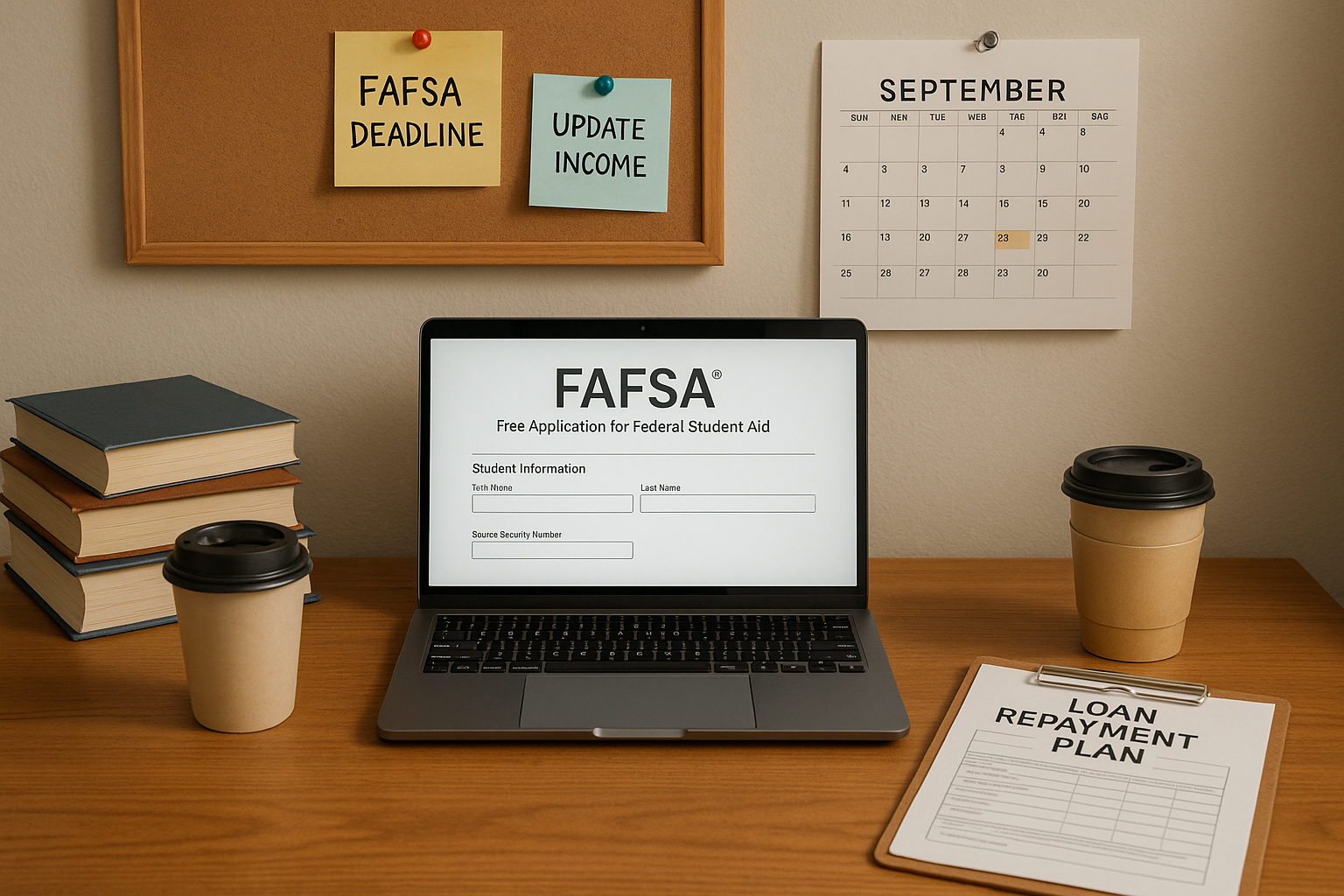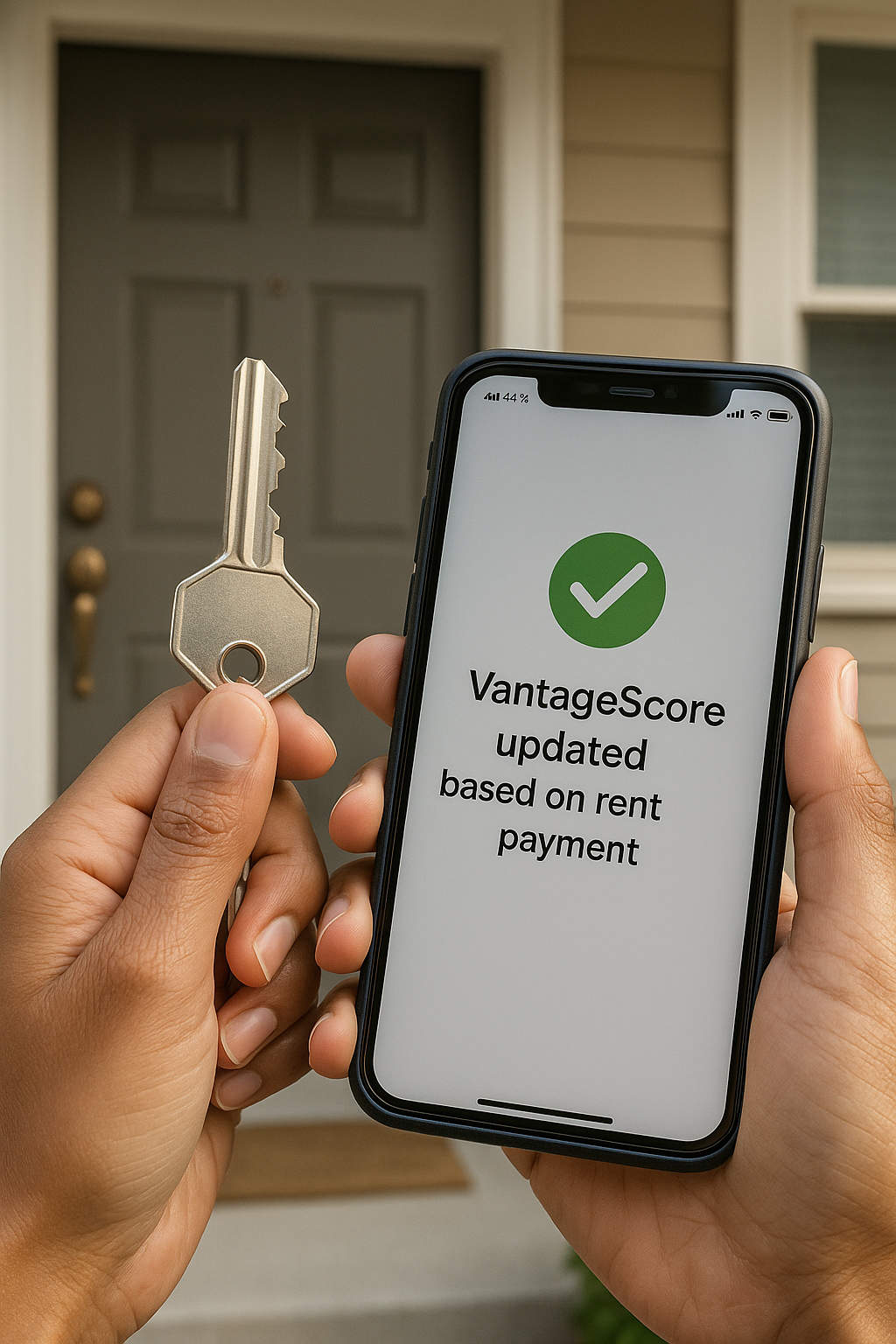
Welcome back, mi gente!
We are constantly building: our careers, our families, and our futures. We’re getting that first apartment, maybe buying our first car, or thinking about saving for a down payment. Every single one of these major life steps is directly influenced by one core financial concept: interest rates.
Interest rates might sound like a distant, Wall Street concept, but they are actually the engine room of our personal finances. Simply put, an interest rate is the cost of borrowing money or the reward for saving it. Whether you are paying interest on a credit card or earning interest in a high-yield savings account, understanding this mechanism is non-negotiable for building wealth. It is how we convert our ambition into financial security.
The U.S. System: What Sets Interest Rates?
Interest rates are not pulled out of thin air. They are set by a powerful system that aims to balance the entire U.S. economy. For us, operating within the U.S. financial landscape, the most critical player is the Federal Reserve (or “The Fed”).
The Federal Reserve sets the Federal Funds Rate, which is the target rate banks use to lend money to each other overnight. This benchmark then ripples out, affecting almost every other rate we see:
- Savings Accounts & CDs: When The Fed raises its rate, our savings can earn more (the reward for saving increases).
- Credit Cards, Auto Loans, & Mortgages: When The Fed raises its rate, the cost to borrow increases, meaning higher payments for us.
Inflation Matters to Us:
Inflation (the general increase in prices and fall in the purchasing value of money) is a key driver of interest rate decisions. When inflation is high, The Fed often raises rates to cool down the economy. Why should we care? Because inflation disproportionately impacts low- and middle-income families. For example, while the overall U.S. inflation rate was elevated in recent years, some studies indicate that Latino households, who spend a larger portion of their budget on essential, high-inflation goods like groceries and gas, were more likely than White households to report experiencing serious problems due to rising costs, making saving and managing debt more critical than ever (NPR/RWJF/Harvard Poll, 2022).
Your Choices: Fixed vs. Variable Rates
When you take on debt (like a student loan or mortgage) or open a savings product, you’ll typically face a choice between two rate types. Understanding the difference helps you manage risk in your financial life:
| Rate Type | Definition | Pros | Cons |
| Fixed Rate | The interest rate stays the same for the entire life of the loan or investment. | Predictability: Your payment or return is stable. Great for long-term budgeting. | May be a bit higher initially than the variable rate offered at the same time. |
| Variable Rate | The interest rate can change (fluctuate) based on movements in a benchmark rate (like The Fed’s rate). | You might benefit from lower payments if market rates drop. | Risk: Your payment can suddenly increase if market rates rise. Less certainty for budgeting. |
For a young professional planning long-term, a fixed rate on a significant purchase like a mortgage offers stability and peace of mind. For shorter-term debt or certain savings goals, the flexibility of a variable rate might be acceptable, but only if you have room in your budget for potential payment increases.
Actionable Takeaways for Nuestra Comunidad
We are a community that is rapidly advancing financially. To ensure interest rates work for us and not against us, let’s focus on these core actions:
- Pay Down High-Interest Debt First: The interest you pay on high-rate credit cards can quickly negate the interest you earn on savings. Tackle this debt aggressively.
- Boost Your Savings Rate: Look for savings accounts that offer the highest interest rates (often called Annual Percentage Yield or APY). This is free money for us.
- Understand Your Credit Score: A high credit score gives you access to the lowest interest rates on loans, saving you thousands over the life of a car loan or mortgage. Data shows that the median credit score for the U.S. Hispanic community (around 667) lags behind the median score for the White community (around 727), making closing this gap key to unlocking better rates and better financial options for our entire community (Urban Institute / Bankrate, 2023).
Understanding how U.S. interest rates function is a superpower. It allows us to participate fully and successfully in the American economy. Stick with us; in our next article, we’ll break down the specific impact of these rates on your loans and debt.
👉 Ask Gabi anything, anytime.
Stay tuned! We got you!






